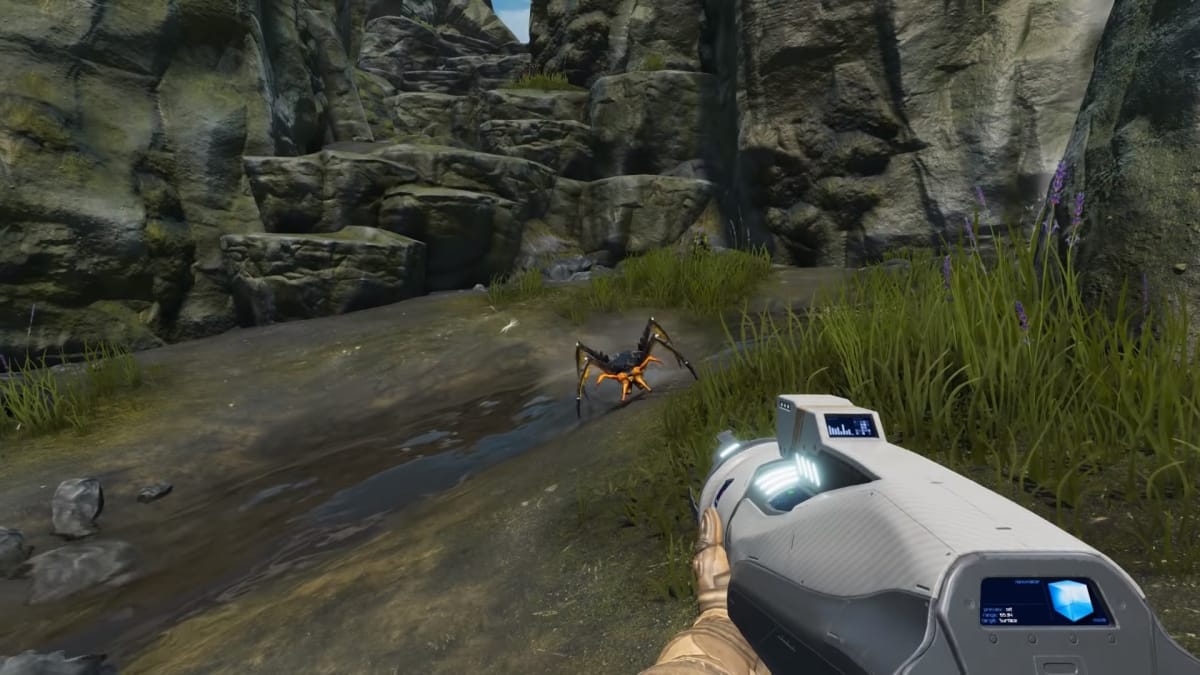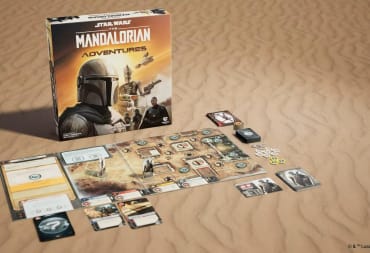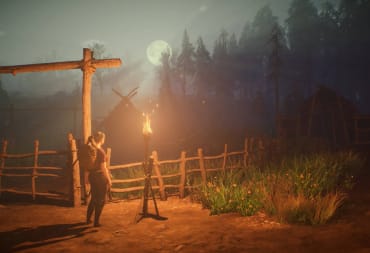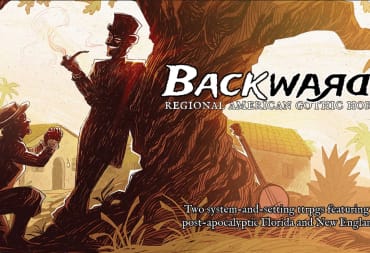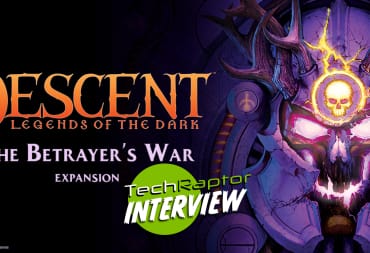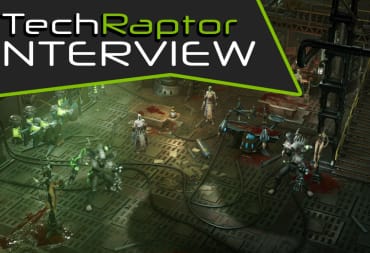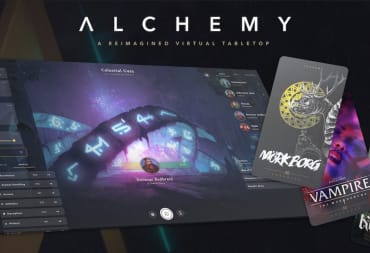Meet Jesse Attard, a 15+ year games industry veteran. Having programmed under the likes of Digital Extremes and 2K Marin, Attard's garnered tons of experience with licensed and proprietary engines. He founded Tactic Studios in 2007 while working in the industry full time, though the company wouldn't see its first release until 2015. Claire De Lune, launching spring 2021, is Tactic Studios' second game and first major milestone. Immortal Empire was the studio's test bed for its proprietary Immortal Engine, but it's Claire De Lune that necessitated an exciting shift in technology.
Building Up to Claire De Lune
At the start of Immortal Empire's development, the team had considered shopping around technology. Game engines were much less accessible and flexible 10 years ago, however. Had the studio's formation come about under different circumstances, maybe they'd be using Unity or Unreal or some other engine. While evolving one's own engine alongside the development of a game may bring its complications, it also invites many advantages and the sort of professional growth Attard was up to task for.
"You work faster. You don't waste time merging your changes with those from the mainline," Attard said. "You can build the engine however you want. You don't have to contend with engine-side bugs that might reside in a precompiled binary. Your workflow is far better. You can add entirely new features that commercial engines don't have. There's no cost. You learn more about how games are built and become a better programmer."
Immortal Empire is a 2D strategy game with multiplayer features whereas Claire De Lune is a 3D first-person single-player puzzle game. This was a result of pushing the team's skills in addition to needing a project that would catch consumers' eyes more readily. As Attard put it, "By the time it was permitted to launch on Steam in 2015, there were thousands of other pixel art games out there, and many more that looked far better." Of course, taking this route also meant running the risk of comparison to AAA endeavors.
The Immortal Engine
Luckily, while many years of work went into iterating the engine to its current point, Tactic Studios didn't need to start from scratch. Much of its baseline code including font rendering, event systems, input code, audio, and resource serialization remained the same. This allowed more time to be spent on other aspects of the engine such as the renderer, physics, and animation systems.
Despite coming from a studio with limited resources, Claire De Lune holds up to the average modern release. It's not going to melt eyes, but it's also far from ugly. Its modest system requirements recommend a GTX 1060 or RX 480 GPU. On the CPU side, the Steam system requirements list the AMD RX 8350 and Intel Core i7 6700, a quad-core processor. These were conscious decisions made to ensure the game could be played on a wide range of systems to reach the broadest audience, but there's also plenty of scope to crank settings up to make use of modern cards. Ray tracing is also currently being examined as a potential post-launch addition, for example.
One of Claire De Lune's most remarkable accomplishments is its commitment to ensuring a recognizable look across rigs. According to Attard, most effects remain in place at lower settings at a lower fidelity. The Immortal Engine is also noteworthy for its completely real-time rendering and workflow, even down to code changes. A full clean source compilation of the whole engine only takes 11 seconds, meanwhile incremental compilation occurs nearly instantly. This speeds up the development process immensely. .
Of the engine's rendering features, Attard highlighted the following in his own words:
Mesh Blending: "This allows us to seamlessly blend meshes against one another. Not just the textures but the actual geometry. You can use this for mounds of dirt and moss or 3D decals that have actual depth rather than just a flat texture. Since it's blended, you don't have those ugly polygons showing up."
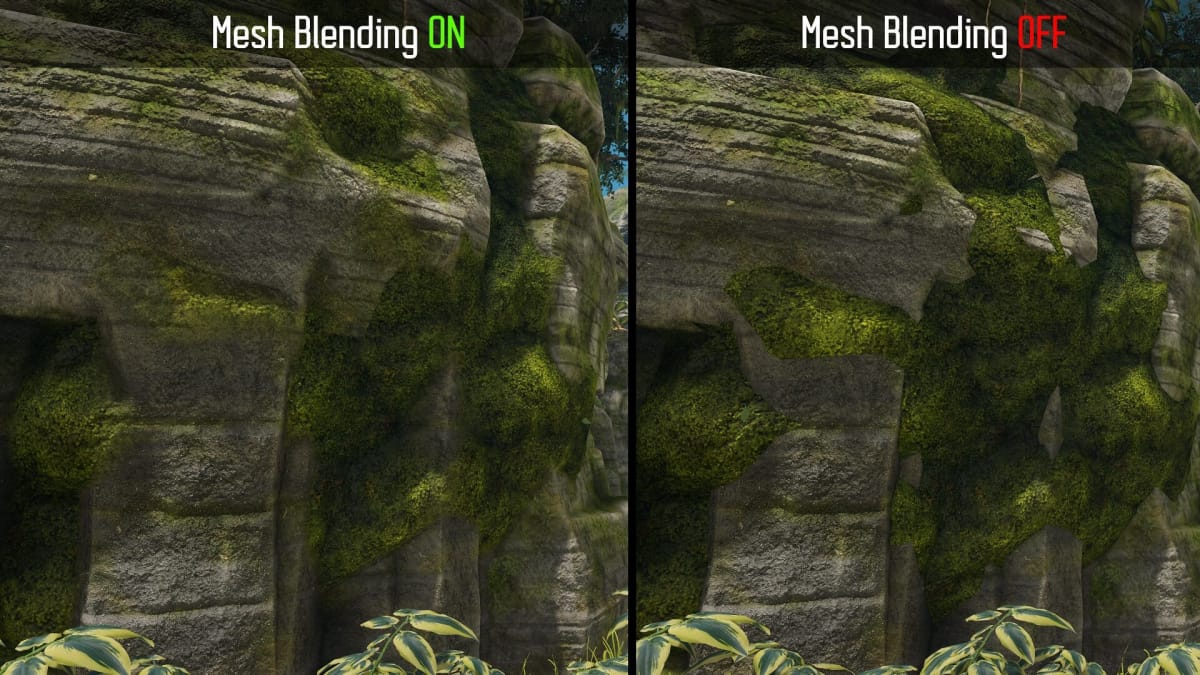
Custom Foliage and Hair Anti-Aliasing: "It provides blending over and above our full-screen AA for fine hairs, furs, and grasses (only on higher-spec cards)."
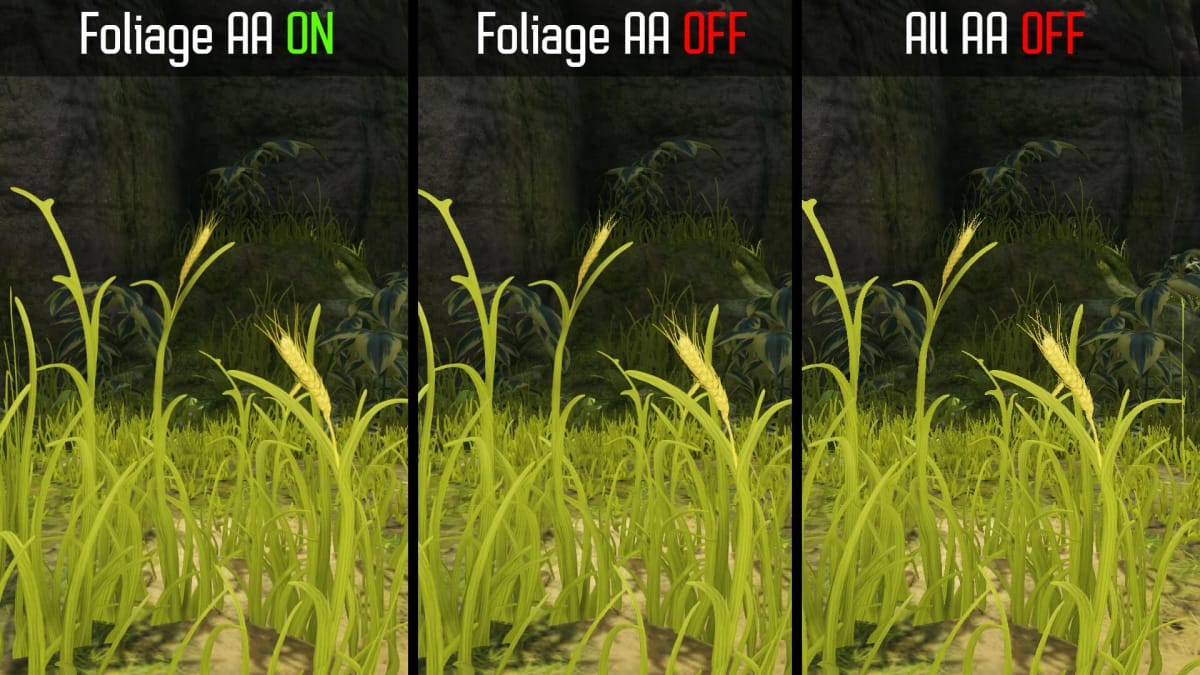
Material Layering: "We used this to create many of the materials, from natural assets like rocks and terrain to muzzle flashes, water, and force fields. They're all produced with the same underlying system. The layering allows us to blend materials together in a huge number of ways, animate them, add 3D displacement, and even morph run-time tessellated meshes together (as in our black blobs seen in the trailer). That blob is not a model. It's procedurally generated in code."
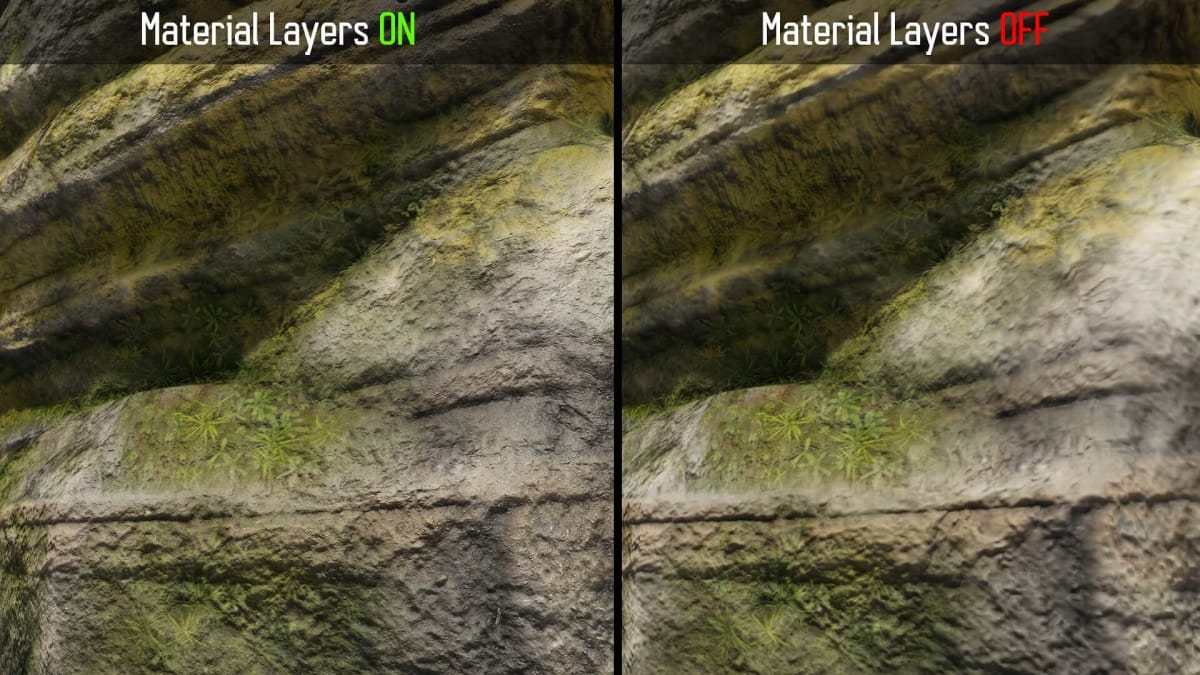
Ending Up at Claire De Lune
Claire De Lune launches this spring on Steam and the Epic Games Store. It may not be cutting edge, but its technology and the progression from Immortal Empire is impressive. The Immortal Engine is another notch in an ever-evolving industry whose technical underpinnings change drastically in a matter of years. Removing consumer hardware from the equation, a project like Claire De Lune would have been far less viable upon Tactic Studios' formation in 2007. It's a statement of not only how far hardware has progressed, also the tools used to power that hardware.
Have a tip, or want to point out something we missed? Leave a Comment or e-mail us at tips@techraptor.net
